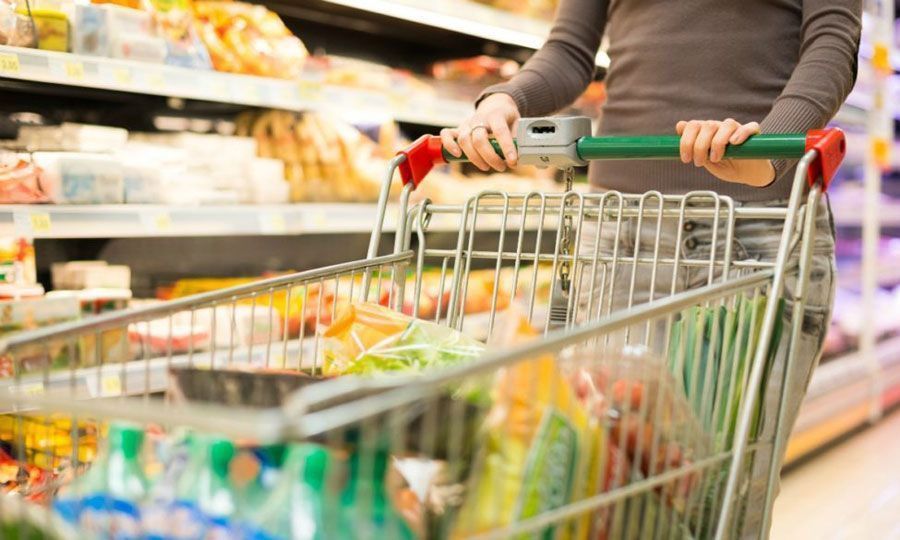The market is under intense pressure due to inflationary trends in recent months, with consumers appearing hesitant as they walk through retail stores. More and more shoppers are looking for special offers and refraining from impulse purchases.
On the other hand, tourist flows should be better overall this year, at least compared to 2021, which also translates positively for retail businesses.
Secretary General of the Pancyprian Retail Trade Association (PASYLE), Marios Antoniou, said that although prices and costs are high due to inflation, people have become cautious and spendthrift. Consequently, the more inflationary pressures affect fuel and energy prices, the more uncertainty prevails in the economy and businesses. “Unfortunately, rising fuel and energy prices inevitably affect all other sectors and clearly consumption, which is the engine of the economy,” Antoniou said.
Value vs Sales
Retail turnover results are expected to be announced by the Statistical Service in the coming days. Results that should simply confirm with the data, the general picture that prevails in the market – a jump in prices despite efforts to suppress them. The first signs were felt in the April data. More specifically, the retail trade turnover volume index decreased by 1.9% compared to the corresponding month of the previous year. Also, for the period January-April 2022, it is estimated that the value index increased by 10.2% and the volume index by 1.3% compared to the same period of 2021. Indeed, in the retail food sector, the sales volume decreased by about 12% in April this year compared to last year, but nevertheless, the sales value increased.
The largest change in the value index was recorded in retail trade (excluding fuel for vehicles), in non-food products, in textiles, clothing and footwear (33.9%) and in the retail sale of fuels for vehicles (37.7%). Things are unlikely to change before 2023. A recent study by KPMG shows that the bulk of international retail turnover for the second half of 2022 and between 2023 and 2024 will depend on prices rather than sales volume. , while the increase in retail sales volume is expected around 1.1% over the next two years (2023-2025).
Uncertainty grows
Meanwhile, the Business Sentiment Index showed a deterioration in Cyprus’ business sentiment in June. This is attributed to declining confidence in business services, manufacturing and retail. Retail sentiment was down slightly due to more negative assessments for last quarter sales and more pessimistic estimates for future sales. In particular, the levels of uncertainty recorded in June in services, retail trade and industry were lower than in May, while in construction they remained almost the same. However, consumer uncertainty has increased.
Tourism will save the day
Tourist arrivals are currently providing a significant boost to the retail market. Mainly in Paphos, as described by Mr. Antoniou, there is a positive note due to tourism. May saw quite optimistic results for inbound tourism – mainly Scandinavians and Israelis which also boosted the region’s retail trade considerably. There is good tourist traffic in Ayia Napa and Protaras, although the profile of tourists in the region does not leave a mark on the retail trade, he points out. “Tourism sends us very optimistic messages, we hope this image will continue for July and August. Overall, tourist flows should be better this year at least compared to 2021, which also translates positively for the However, it is an injection with a short-lived effect. detail will reconnect with a difficult reality.
Lack of staff
At the same time, understaffing in retail stores continues to weigh on businesses. Existing employees are also forced to work more hours to fill the gap in needed employees. Limassol faces the biggest problem, according to data from PASYLE. Those who left their posts were never replaced, while the solution with asylum seekers is not the most ideal to meet their needs due to the uncertainty of the time of their stay on the island , as Mr. Antoniou explains.

